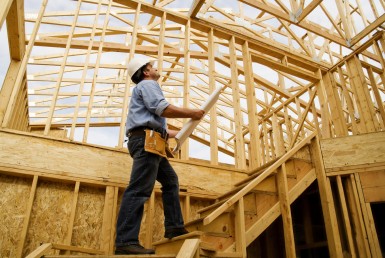Types of Soil Tests in Building Construction

When you are planning to have a residential construction or commercial construction, it is necessary to have a look over the land that what kind of soil it is, and will it be suitable to have a building on the land or not?
When any construction starts whether it is residential construction or commercial construction, it is necessary to follow a few steps like checking the soil and having soil tests so as to have the confirmation that it is safe to build a building over the land.
The sort of tests on soil uncovers the physical and building properties of soil that help to decide the kind of establishment to be laid for development. Realizing dampness content, mineral nearness, thickness, porousness, and bearing limit of the dirt gives a thought of working contemplations for establishments and earthworks. Like higher sulfur content in the dirt requires concrete that gives protection from sulfur, for example, Sulfate-opposing Portland Cement (SRPC).
Role Of Soil Testing
A little imperfection or harm can come up short or break down the entire structure. The establishment goes about as a gatekeeper to the structure and shields it from any physical powers rises in the dirt. It assists with continuing and keeping up the heap direction from the structure to the ground.
The dirt should comprise all physical and compound properties to withstand the heaviness of the structure. The soil testing and investigation assists with deciding the pace of settlement and bearing limit of the soil. These tests likewise help to characterize the length and profundity of the columns to establish the framework.
The water content in the dirt must be known by soil testing, which assists with settling the degree of mugginess inside the establishment. It’s important to have a note about soil developments, the manner in which soil responds in the nearness and nonappearance of water. For the most part, soil development is higher in mud soil than sandy soil.
There are various types of soil testing:
Moisture Content Test
It is utilized to gauge the basic water substance of the dirt. There are plastic cutoff points, fluid breaking point, and shrinkage limit, which shows the traits of fine-grained soil at various conditions.
Specific Gravity Test
This test gives data about the level of immersion of the dirt and void proportion. The void proportion is characterized as a proportion of void volume to the volume of the solids present in the dirt.
Dry Density Test
Thickness test assists with arranging the dirt into three kinds – free, medium, and thick, with the heaviness of the dirt examples. The lesser the thickness, the more grounded the establishment.
Atterberg Limits Test
It is utilized to gauge the basic water substance of the dirt. There are plastic cutoff points, fluid breaking point, and shrinkage limit, which shows the qualities of fine-grained soil at various conditions.
Compaction Test
The most ordinarily utilized compaction test is Proctor’s test, deciding the compaction qualities of soil diminishing air voids by densification. This test gives data about the most extreme dry thickness and ideal water substance of compacted soil.
These are the few types of soil tests that are required and necessary before starting any residential or commercial construction at any land.




Join The Discussion